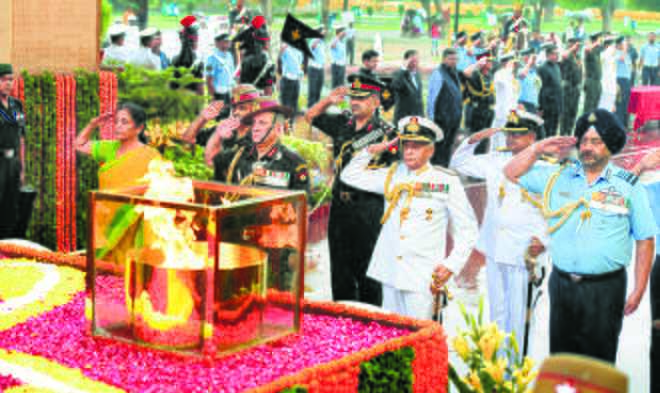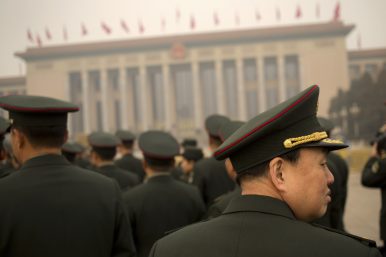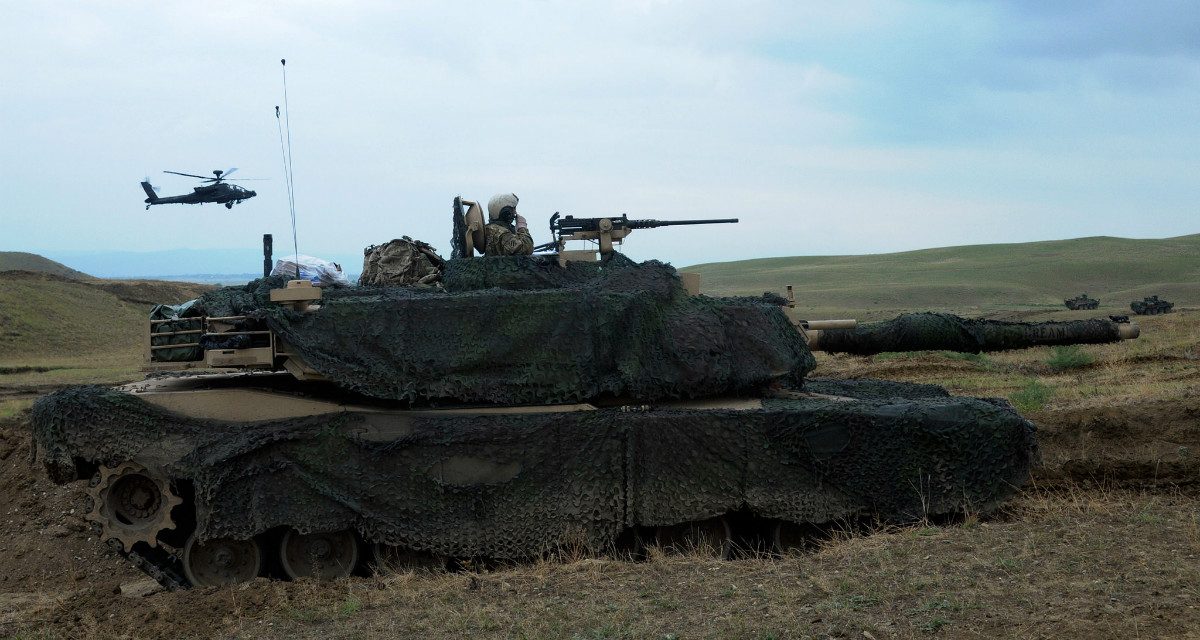Ron Iammartino, Gary Whelan, Todd Doherty, Grant Hume, John M. Fossaceca and Jeff Forry
“We must continue to pursue technological interoperability with our allies at all levels, from the strategic to the tactical. Just as important, we need to enhance the human dimension of interoperability through combined exercises that test shared doctrine and refine operating concepts so we can fight seamlessly with our allies”
-- General Joseph F. Dunford, Chairman of the Joint Chiefs of Staff, 2017[1]
A proliferation of information technology (IT) advances have disrupted the modern world, which has accelerated the pace of change and expanded the body of knowledge in nearly every human endeavor. Previously isolated events now have near immediate, pervasive effects for militaries, politics, and cultures worldwide. The implications of these changing conditions are perhaps most applicable to how the Chairman has expressed the criticality of global integration for military operations across Combatant Commands (CCMDs) and Areas of Responsibility (AORs). Together with the Secretary of Defense, the Chairman has emphasized the importance of coordinating with and reassuring allies as essential to this effort. Mission partner integration not only serves to enhance alliance power projection, but also acts as an IT stress test for the level of trust necessary to meet the Joint Force’s demand signal for seamless, worldwide operations.
 The Land Warfare Doctrine, released by the Indian army on December 19 is a disappointing document. Its drafters have read the wrong warfare literature – lifting ideas from American writings, instead of drawing on China’s 2015 military reforms.
The Land Warfare Doctrine, released by the Indian army on December 19 is a disappointing document. Its drafters have read the wrong warfare literature – lifting ideas from American writings, instead of drawing on China’s 2015 military reforms.












/arc-anglerfish-arc2-prod-mco.s3.amazonaws.com/public/5K5JWOF6MNBHXO3T6CIUDJMW3U.jpg)


/arc-anglerfish-arc2-prod-mco.s3.amazonaws.com/public/PTJWJRZZVJECXLK6RF6D5BHZRQ.JPG)
